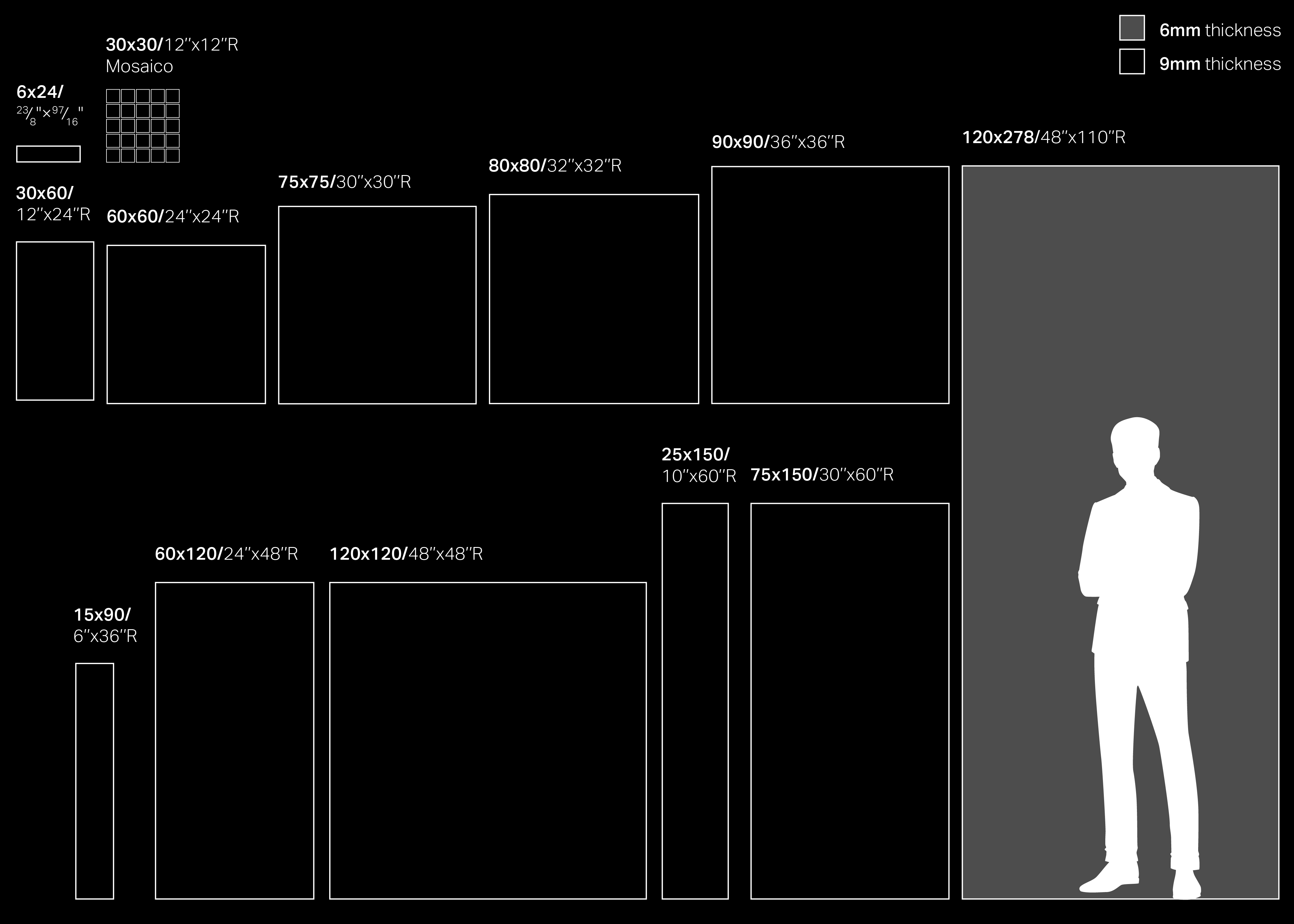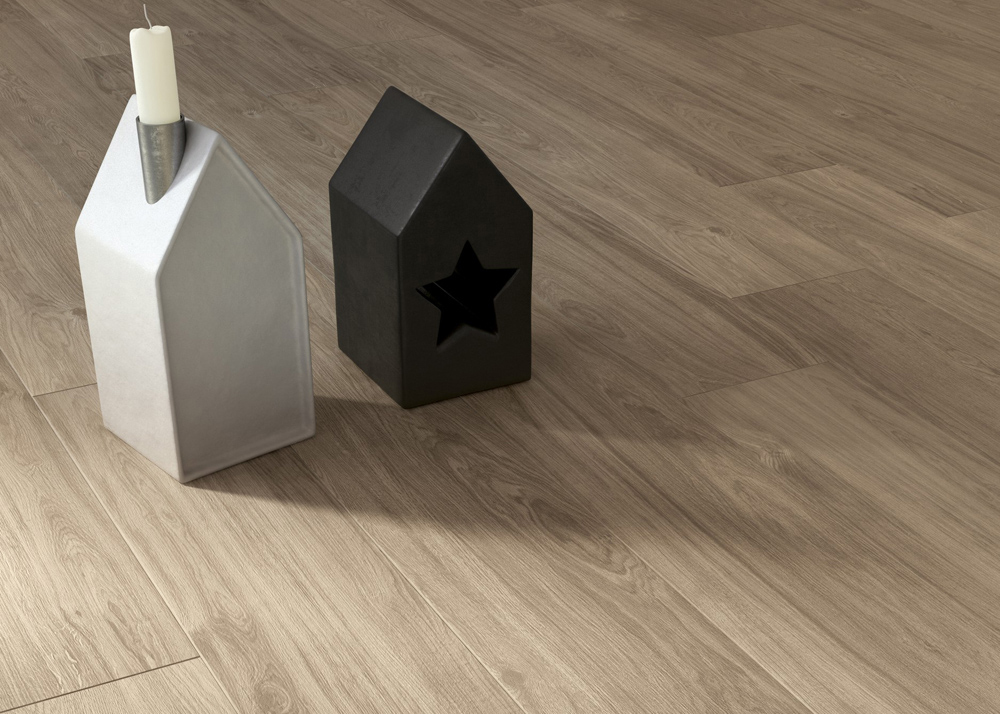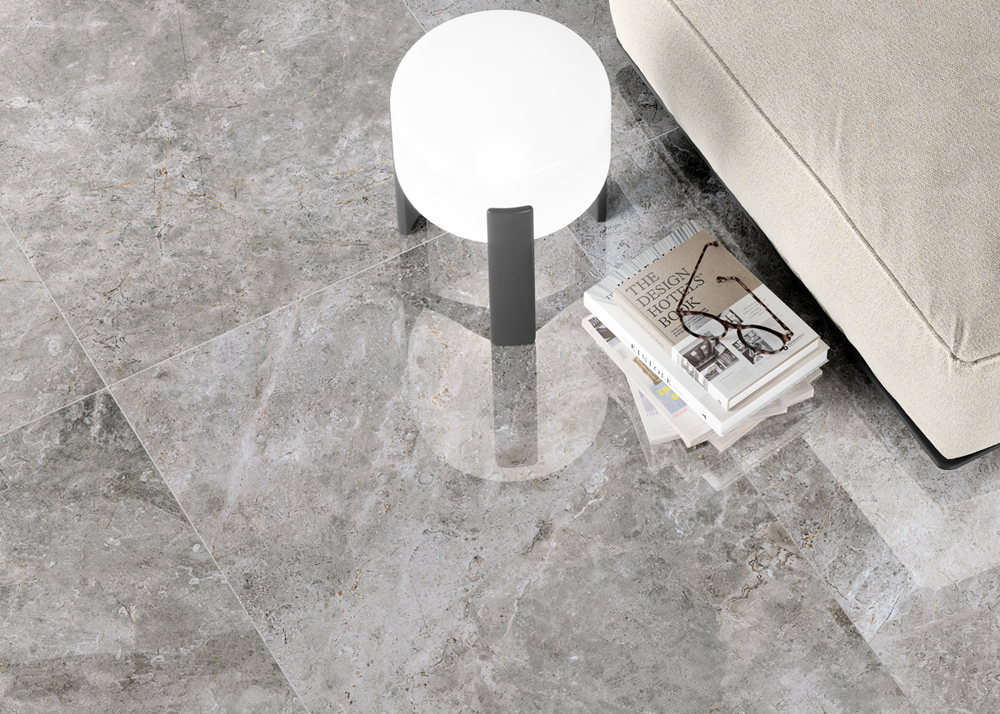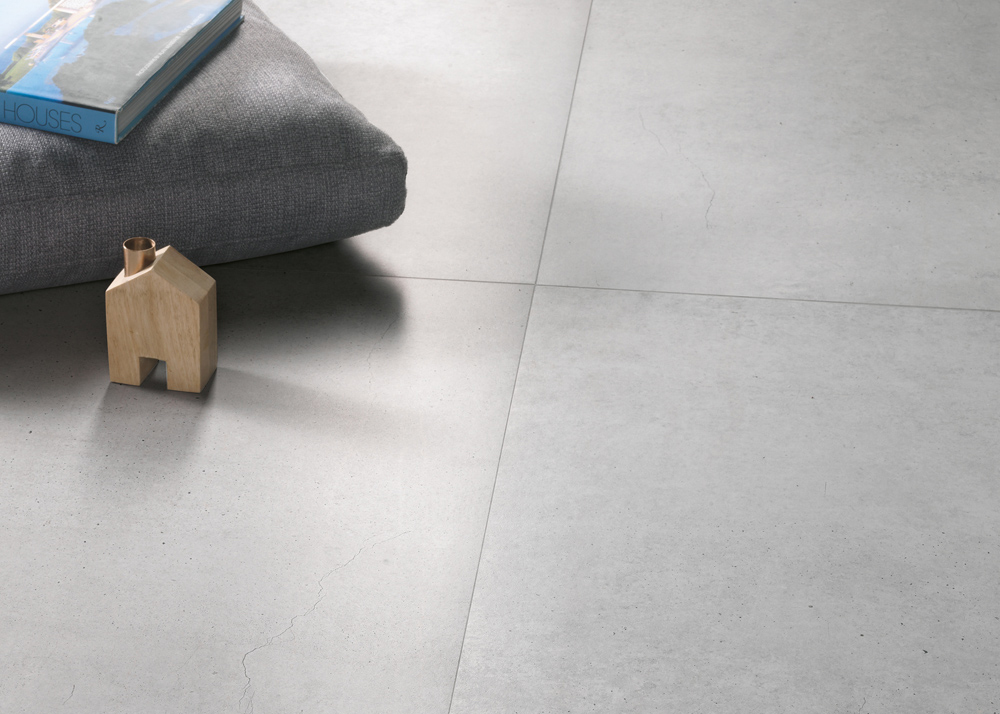Understanding tile size terminology and categories
When selecting ceramic surfaces for walls or floors, one of the most defining choices is the tile sizes. This term refers not only to the physical dimensions of the product, but also to how each format contributes to the spatial perception and functional dynamics of a room.
In the tile industry, standard tile sizes are commonly used to describe formats that have become benchmarks over time. These dimensions support a balance between aesthetic appeal and practical handling, making them a reliable option in a wide range of settings. Their familiarity also simplifies layout planning, reduces material waste and ensures easier coordination with furniture and architectural elements.
Understanding the range of available ceramic tile sizes means recognising how each category – from mosaic pieces to large slabs – is designed to meet specific spatial and technical requirements. These size options allow for tailored applications, aligning with both stylistic choices and the functional needs of modern architecture.
Precise measurements, expressed in either metric or imperial units, are essential to ensure uniformity and quality throughout a project. Whether the goal is seamless alignment or modular repetition, accurate sizing is at the core of achieving durable and visually coherent surfaces.
Defining standard vs. large format tiles
Standard tile formats have long served as the foundation for ceramic surface design, offering versatility and familiarity across a broad range of applications. Dimensions such as 12” x 12”, 18” x 18” are frequently seen in both residential and commercial projects. These common tile sizes are favoured not only for their balanced proportions, but also for their ease of transport, cutting, and installation.
Among the most iconic examples is the standard subway tile size. Originally developed for public transit spaces, this format has since become a design classic – widely adopted in kitchens, bathrooms, and hospitality environments. Its rectangular shape lends itself to both traditional and contemporary patterns, making it a go-to solution for achieving timeless visual appeal.
Beyond conventional options, large format tile sizes are increasingly used to achieve a sense of continuity and spaciousness. They can reduce the number of joints, enhancing the surface’s fluidity and cleanliness. From a design perspective, these larger slabs emphasise material textures – especially in stone, marble, or concrete looks – and create a more immersive architectural experience.
However, large tiles also require careful handling. Precision during installation is essential to maintain flatness, especially over wide areas. Professional tools and substrate preparation become critical, particularly in commercial settings where durability and alignment cannot be compromised.
Applications and aesthetic implications of tile sizes
Tile dimensions have a direct influence on how a space is perceived, both visually and functionally. Smaller formats, such as mosaics or narrow rectangular tiles, introduce rhythm and texture – ideal for compact areas like bathroom walls or kitchen backsplashes. Larger tiles, on the other hand, minimise grout lines and create the illusion of open, seamless surfaces.
Design professionals often choose tile sizes based on the specific use of a room. In bathrooms, for instance, more compact formats support complex layouts and reduce slippage risk due to increased grout traction, making bathroom tile sizes a critical design variable. In contrast, large tiles are frequently selected for living rooms, hotel lounges, and office environments, where uninterrupted surfaces enhance visual flow and material elegance.
Beyond size alone, edge finishes and layout styles also shape the outcome. Rectified tiles allow for narrow joints and precise alignments, contributing to a clean and refined look. Layout patterns – such as herringbone, grid, or staggered configurations – add movement and character, further amplified by the tile format.
Surface types like wood look, marble and stone look, or concrete look reinforce these design choices, ensuring that the selected floor tile sizes standard align with both functional needs and aesthetic goals.
Practical guidelines for choosing the right tile size
Selecting the appropriate tiles size is a strategic decision that balances aesthetic goals with functional demands. The first step involves assessing the room dimensions: smaller tiles tend to suit compact areas with many corners or fixtures, while larger formats are more effective in open, continuous spaces. It’s also important to consider how the tile size will interact with light and furniture placement, as larger surfaces reflect light differently and can visually expand or contract a room.
The second consideration is the intended use of the space. Kitchens and bathrooms, for instance, may benefit from mid-sized formats that offer both practicality and ease of maintenance. In contrast, living rooms or hallways might accommodate larger tiles – sometimes even approaching the largest tile size available in a collection – to reduce grout lines and create a more refined, continuous surface. Matching tile size with the functional role of the room supports both durability and long-term comfort.
Finally, the tile format should align with your design vision. Whether the goal is to create a bold geometric layout or maintain a seamless, monolithic floor, choosing the right ceramic tile sizes is essential. Reviewing technical datasheets, consulting with installation experts, and considering existing architectural elements all contribute to an informed and cohesive selection. A well-chosen tile size doesn’t just fill a space – it defines it.
FAQ
What is the standard size of tiles?
Standard tile sizes can vary by manufacturer and market, but commonly accepted dimensions include 12” x 12”, 12” x 24”, and 24” x 24”. These formats are considered versatile and well-suited to a wide range of applications, including both wall and floor installations. They offer a balance between ease of installation and aesthetic flexibility, making them ideal for residential and light commercial use. Standard sizes also help reduce waste and simplify layout planning, especially in rooms with symmetrical or modular designs.
What is the most popular tile size?
One of the most popular tile sizes on the market today is 12” x 24”. This format is highly valued for its ability to deliver a modern, elongated appearance while still being manageable during installation. Its dimensions allow for fewer grout lines, which contributes to a cleaner, more continuous visual effect. This size is frequently used in living rooms, bathrooms, and kitchens alike, adapting well to both horizontal and vertical layouts. Its popularity lies in its balance of practicality and contemporary appeal.
What is the average size of a square tile?
Square tiles come in various sizes, but the most common formats range between 12” x 12” and 32” x 32”. The average square tile size tends to fall around 24” x 24”, offering a harmonious middle ground that suits most interior applications. This dimension provides sufficient surface coverage while maintaining ease of handling and alignment. Whether used in open-plan areas or smaller rooms, average-sized square tiles create uniformity and rhythm, making them a dependable choice for both traditional and modern design schemes.



